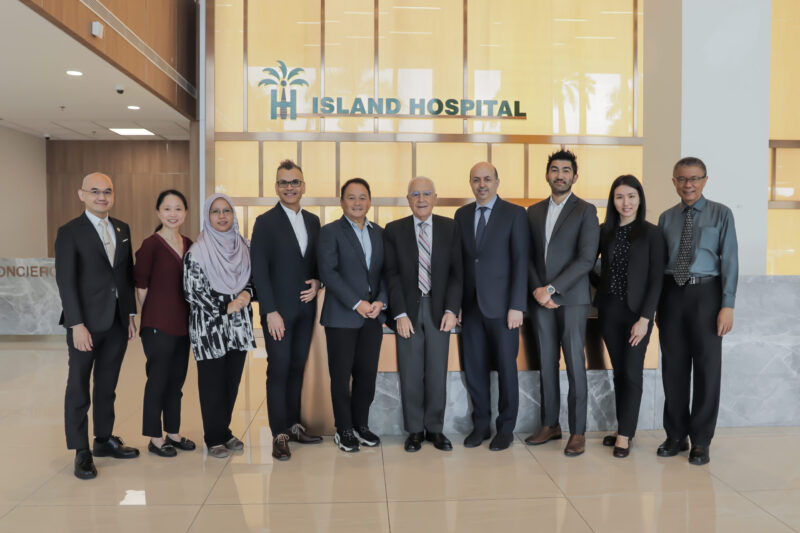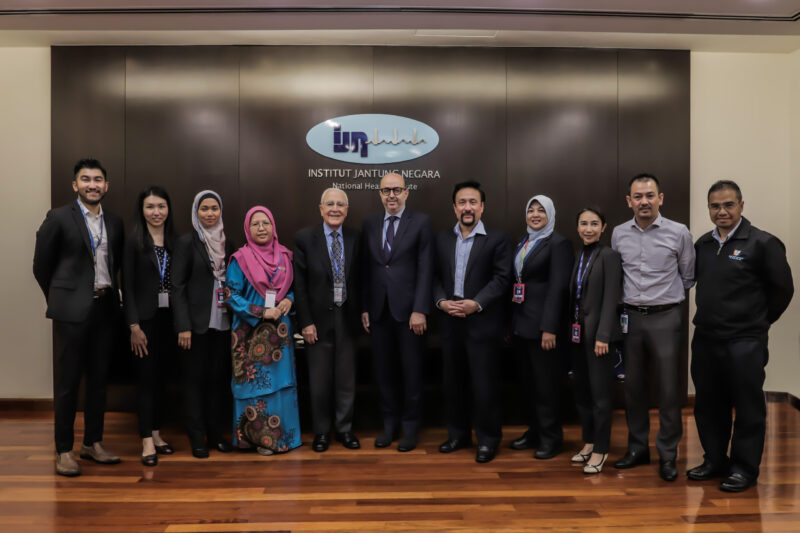
This site
is mobile
responsive

In recent years, the global medical tourism market has been driven by key factors such as significant cost savings, with treatments abroad often costing a fraction of those in developed countries; high-quality care in destinations which offer internationally accredited facilities and skilled professionals; reduced waiting times for treatments compared to long lists in home countries; advancements in medical technology making complex procedures more accessible and safer; and increased travel accessibility, allowing patients to conveniently seek medical care worldwide. A report by Fortune Business Insights valued the global medical tourism market at USD24.14 billion in 2023, projecting it to surge to USD137.71 billion by 2032, with a compound annual growth rate (CAGR) of 21.4% during the forecast period.1
The Asia Pacific region has emerged as a dominant force in the global medical tourism market, capturing more than 75% of the market share in 2021. This supremacy is attributed to the presence of technologically advanced medical specialists, relatively lenient government regulations and attractive destinations. Leading the charge in this region are Singapore, Malaysia, Thailand, and South Korea, which have become the top choices for healthcare travellers.
Medical tourism contributes significantly to Malaysia’s economy by attracting international patients who spend on medical services, accommodation, travel, and other related expenses. Malaysia has won numerous awards, including the coveted ‘Destination of the Year’ title by UK-based healthcare travel authority International Medical Travel Journal (IMTJ) multiple times in recent years2, making it one of the most popular healthcare travel destinations.
The benefits of the programme are substantial:
The top five (5) healthcare travellers (medical tourists) to Malaysia are from Indonesia, China, India, the United Kingdom and Japan. The most sought-after types of medical treatment by healthcare medical tourists are general health screening, cardiology, fertility, oncology, orthopaedics, gastroenterology, dentistry, ophthalmology, neurology and urology.

In a strategic move to capitalise on the burgeoning medical tourism market, the Malaysian Government launched the Flagship Medical Tourism Hospital Programme (FMTH). This programme is an integral part of the Malaysia Healthcare Travel Industry Blueprint 2021-2025, aimed at providing the Best Malaysia Healthcare Travel Experience by 2025. The FMTH Programme aspires to establish Malaysia as a premier medical tourism destination, leveraging the country’s advanced healthcare infrastructure, expert medical professionals, and renowned hospitality to attract international patients seeking high-quality medical services at competitive prices.
The FMTH Programme epitomises Malaysia’s commitment to delivering exceptional end-to-end patient experiences, grounded in outcome-based medical excellence, best practices in service delivery, and robust international branding.
Moreover, the programme accelerates digital transformation in the healthcare sector and is in line with the MyDigital blueprint that focuses on the following goals and strategies:

Four (4) shortlisted finalist hospitals for the Flagship Programme were announced in April 2023, namely the Island Hospital, Mahkota Medical Centre, National Heart Institute (Institut Jantung Negara or IJN) and Subang Jaya Medical Centre3. These hospitals offer state-of-the-art facilities, advanced medical technology, internationally accredited healthcare services, and a wide range of medical specialties including cardiology, orthopaedics, and oncology.
The finalists were carefully selected through an extensive and rigorous qualifying process in 2022 that involved data analysis and on-site assessments by international bodies, such as Joint Commission International (JCI) and IQVIA. These hospitals have advanced to the next phase, the Accelerator Programme, which runs from 2023 to 2025. During this period, they will be granted several incentives, including fast-track facilitation to support the development milestones, flexibility of testing concepts with healthcare technology sandbox, access to programme mentors/advisors to assist with programme development, progress assessment and monitoring, and Investment Tax Allowance (ITA) incentive for qualifying capital expenditures.
In the third quarter of 2025, the hospitals in the Accelerator Programme will undergo a final assessment. Based on the outcome of the final scores, the top-scoring hospital(s) will be recognised and awarded national endorsement as Malaysia’s Flagship Medical Tourism Hospital.

The Malaysian Government, through the Malaysia Healthcare Travel Council (MHTC) and MIDA, provides unwavering support to the flagship hospitals. This support includes incentives and assistance to ensure these institutions can continuously enhance their services and attract a growing number of international patients.
In conclusion, the Flagship Medical Tourism Hospital Programme represents a strategic initiative designed to solidify Malaysia’s position as a top destination for medical tourists. By offering high-quality, affordable healthcare services in a conducive environment, Malaysia is set to redefine excellence in healthcare travel, benefiting both the country’s economy and the countless international patients who seek its world-class medical services.
For more information, please visit https://www.mida.gov.my/ or reach out to https://www.mida.gov.my/staffdirectory/healthcare-education-hospitality-division.
1 Source: https://www.fortunebusinessinsights.com
2 Source: Malaysia Healthcare Travel Council
3 Source: Malaysia Healthcare Travel Council